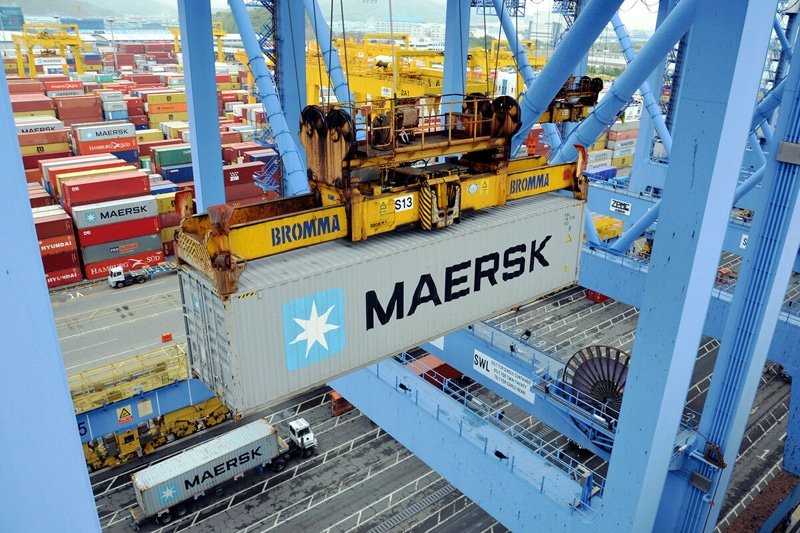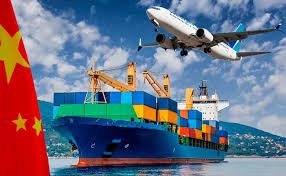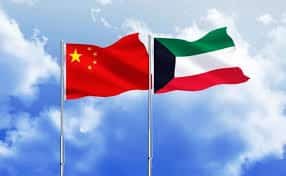
Introduction: Southeast Asia’s Maritime Crossroads
Southeast Asia is uniquely shaped by its oceans — with 9 out of 10 ASEAN states bordering the sea, marine issues here resonate across societies, economies, and geopolitics. The region faces serious challenges: climate change, plastic pollution, strained fisheries, legal ambiguities, maritime domain awareness gaps, and piracy threats. Each demands coordinated responses and logistical foresight.
For Shenzhen Guanwutong, understanding and adapting to these challenges is critical to crafting resilient, sustainable shipping solutions in this vital trade network.
Climate Change and Sea-Level Rise: Disrupting Port Infrastructure
Rising sea levels and increasingly severe weather events — from coastal flooding to typhoons — are already eroding Southeast Asia’s port infrastructure and inland roads, delaying supply chains.
Our response:
- Strategically diversify port usage: select ports less exposed to flooding or able to recover quickly.
- Deploy multimodal routing (sea + rail/road), ensuring adaptability when one node is offline.
- Partner with port operators that are investing in resilience, such as elevated platforms and adaptive design.
Plastic Pollution & Fisheries Depletion: Impact on Coastal Communities
The ocean has become a dumping ground for plastic waste — largely from land — disrupting marine ecosystems and fishermen’s livelihoods. Meanwhile, overfishing and habitat loss are undermining regional food security.
What Guanwutong is doing:
- Reducing single-use plastics by promoting reusable containers and packaging.
- Launching “clean marine” partnerships to support coastal cleanups and responsible supply chain policies.
- Using eco-friendly transport options wherever feasible to signal green accountability.
Fisheries Management & IUU Fishing Threats
Illegal, unreported, and unregulated (IUU) fishing remains a grave threat to Southeast Asia’s marine biodiversity and coastal economies. Lack of governance and cross-border tension complicate enforcement.
Our logistics approach:
- Collaborate with local stakeholders to trace seafood supply chains—it ensures legal sourcing.
- Coordinate cross-border transport protocols that align with sustainable fisheries guidelines.
- Support clients with documentation for compliance, such as catch certificates or origin proof.
Legal Fog & Maritime Domain Awareness (MDA) Gaps
Weak legal clarity and enforcement capacity make the marine environment vulnerable. Nations struggle with conflicting claims and limited surveillance tools.
Guanwutong’s strategy:
- Monitor regional regulatory developments affecting shipping lanes and port operations.
- Build flexible routing systems to bypass high-risk or disputed areas.
- Integrate real-time AIS data and vessel tracking into our logistics platform, improving visibility and safety.
Piracy and Maritime Crime in the Region
Maritime threats such as piracy, armed robbery, and terrorism remain serious, particularly in strategic chokepoints like the Singapore Strait, which saw a record increase in incidents in 2022.
Mitigation tactics:
- Implement high-risk routing awareness and security protocols for crew and cargo.
- Use formal mechanisms such as RECAAP and comply with ISPS Code to enhance protection.
- Collaborate with local authorities to ensure safe passage and rapid response when needed.
Geopolitical Tensions & Legal Disputes
Territorial disputes in the South China Sea significantly impact trade flows. With enormous volumes of global trade and energy passing through contested zones, risks of disruption are high.
Our adaptation:
- Monitor geopolitical developments closely.
- Provide alternate logistical routes via ports outside immediate conflict areas.
- Maintain clear risk assessments and communicate threats to clients in real-time.
Turning Challenges into Logistics Opportunities
Though daunting, Southeast Asia’s maritime challenges present unique chances to strengthen supply chains through innovation:
- Investing in green port infrastructure improves efficiency and environmental compliance.
- Embracing smart tracking and data analytics enhances safety and responsiveness.
- Leveraging regional cooperation supports resilience in shared waters.
At Guanwutong, we weave these principles into our operations—building logistics solutions that are agile, secure, and ecologically responsible.
Guanwutong’s Maritime Resilience Blueprint
- Climate-resilient routing: Alternate port usage and intermodal backups.
- Eco-conscious logistics: Sustainable packaging and clean shipping ties.
- Legal compliance monitoring: Navigating regulatory shifts and maritime claims.
- Advanced maritime surveillance: Using AIS and satellite tracking.
- Security-conscious transport: Avoiding piracy zones and enabling secure routes.
Conclusion: Pioneering Sustainable Trade in Southeast Asia
Southeast Asia’s waters are at a crossroads. Addressing shared maritime challenges—be it climate change, pollution, fisheries decline, or geopolitical tensions—requires foresight and collective action. 深セン広武通国際貨運有限公司 stands committed to transforming these imperatives into innovative logistics capabilities, ensuring resilient and sustainable trade across the region.


